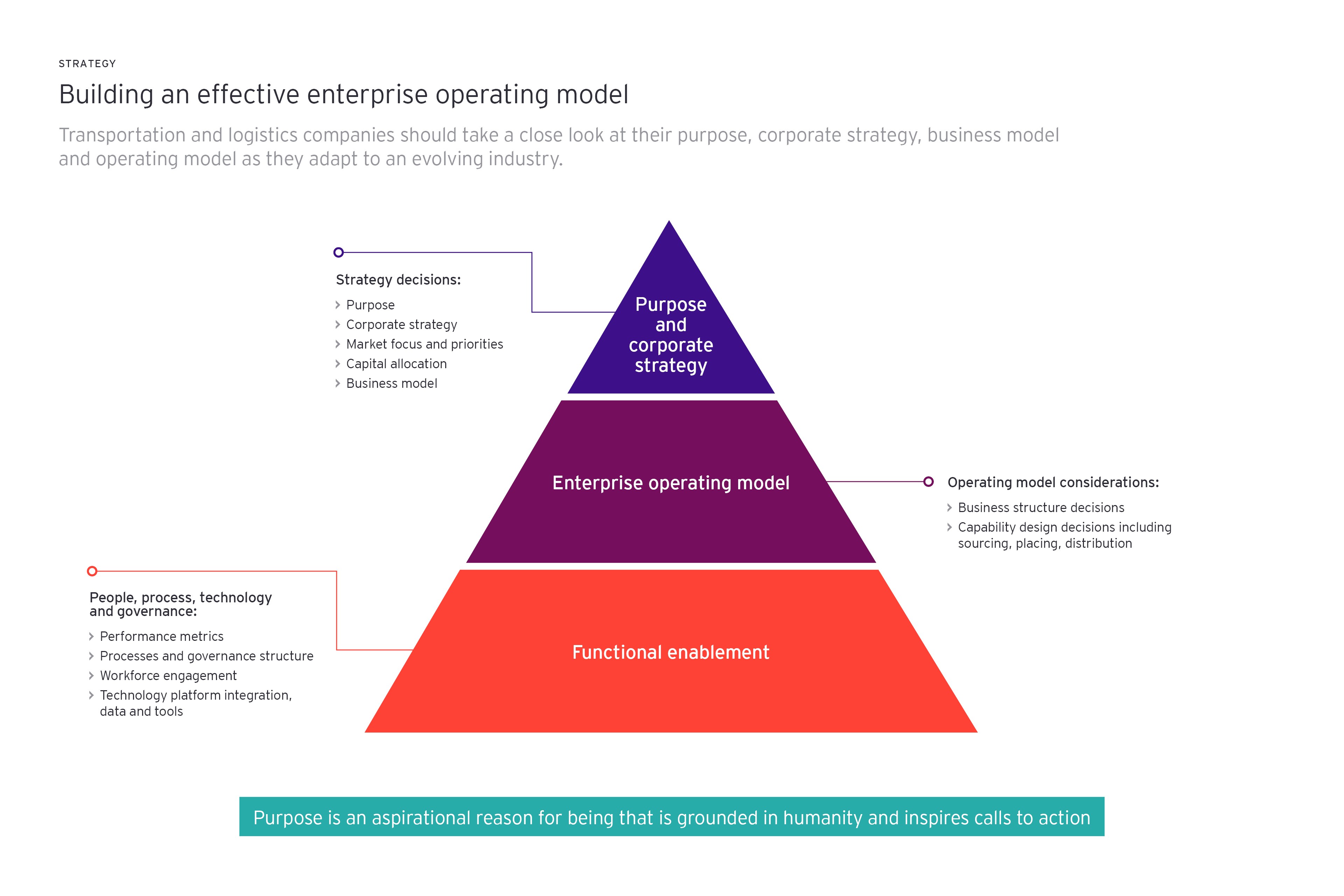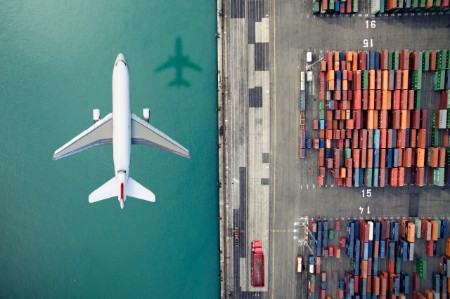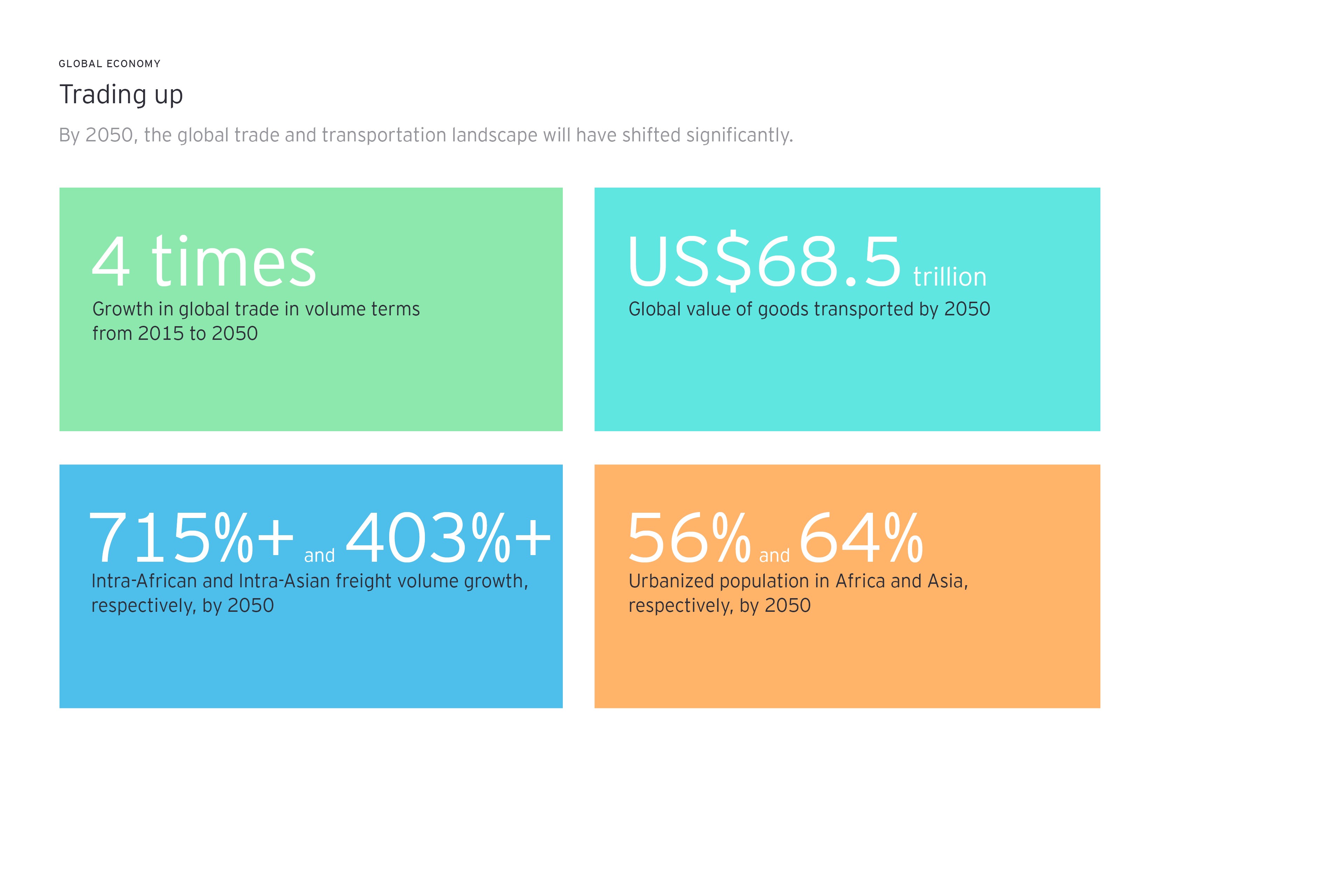A leading online grocery retailer uses a 5 GHz radio control system to manage autonomous robots moving around a grid, storing and retrieving stacked crates. The company can control 1,000 robots from a single base station, communicating with them 10 times a second. The company also uses a cloud-based fulfillment and logistics smart platform.
Looking ahead: three waves
We believe that companies will need to embrace innovation and encourage new ideas. Fail fast, fail often. Respond with agility and take advantage of regulatory changes. Companies need to prepare for technologies in three waves:
Wave 1: Exploit the opportunities provided by technologies that are past the tipping point, such as analytics, digital collaboration, the Internet of Things and robotic process automation
Wave 2: Swiftly embrace emerging technologies such as blockchain, connected vehicles and drones as these will disrupt the industry within the next five years
Wave 3: Prepare for technology disruption of deep learning, augmented or virtual reality and 3D printing
An e-commerce company developed an app to connect across all the modes of transport, eliminating the third-party middleman. It utilizes excess capacity of vehicles already on the road and analyzes drivers’ travel patterns to provide a more efficient shipping alternative. Launched in 2015, the app currently has over 25,000 registered drivers.
Be equipped for agility
For some time, the T&L industry has been evolving, with consolidation of players and companies seeking to provide an integrated portfolio of logistics services to address shipper needs. Companies need to think and act as challengers.
We recommend that companies scrutinize their purpose and corporate strategy, enterprise operating model, and functional enablement to identify areas that need immediate attention or change in the near future.

Summary
For some time, the T&L industry has been evolving, with consolidation of players and businesses seeking to provide an integrated portfolio of services to address shipper needs. Companies need to think and act as challengers: fail fast, respond with agility and take advantage of regulatory changes.



